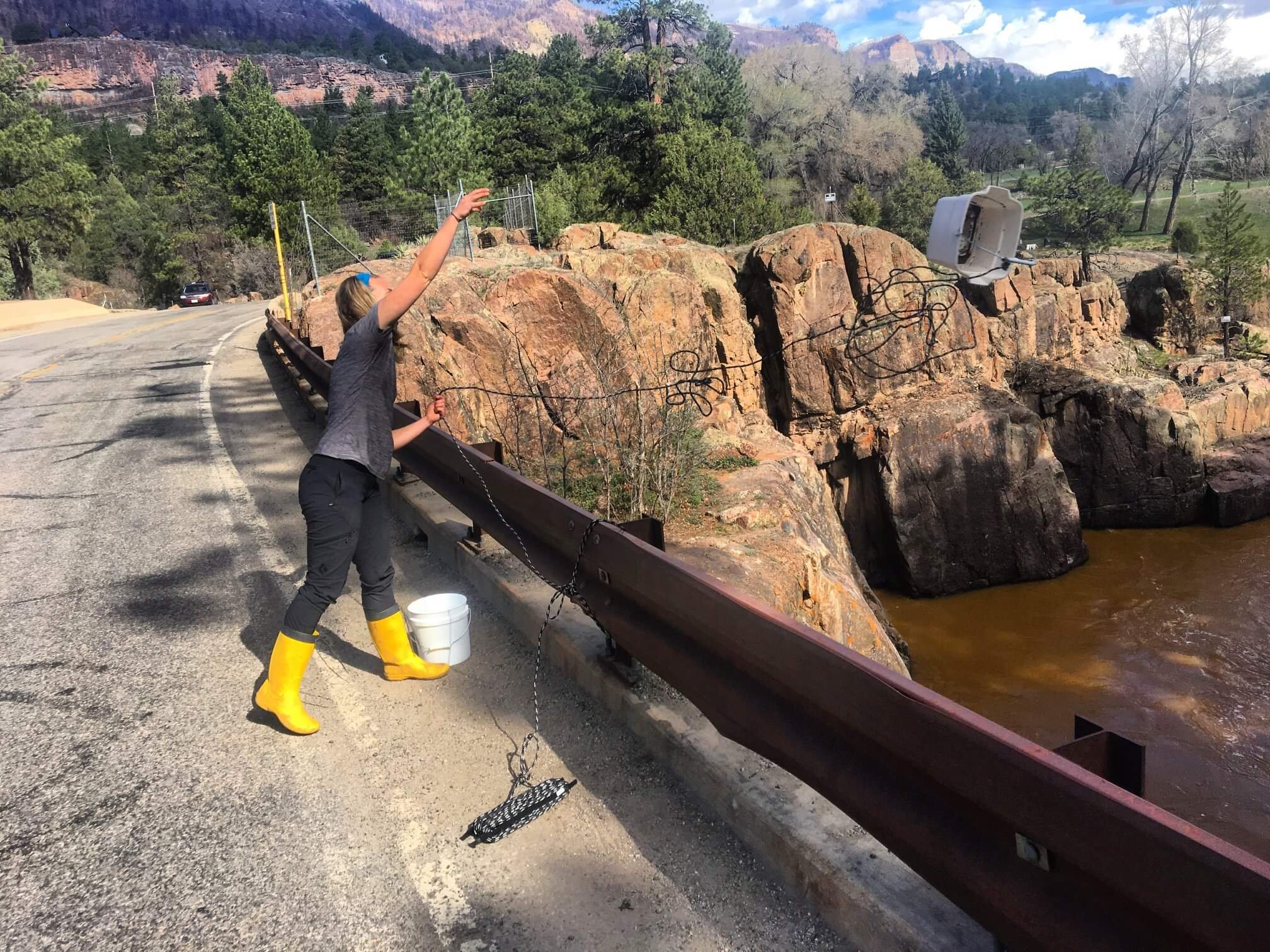Moving Mountains 2021
Are you ready to get out into the mountains and on the river this summer? We certainly are, especially after spending a year isolated and indoors. But despite a good rain last week, these gusty afternoon winds continue to strip away moisture from our plants and our snowpack dwindles each day, and thoughts of drought and wildfire are on our minds as well. Just as we worked together as a community to tackle the pandemic, we will need to collaborate to mitigate the impacts of drought on our environment, economy, and overall well-being.
On the map, it’s a blood-red color. Exceptional Drought. A quick glance at the 2021 Drought Monitor Map shows currents of drought, moving like a riptide, across the entire Western United States. Here in Southwest Colorado, all three designations swirl around us. Severe Drought includes decreased snowpack, low river flows, and an extended wildfire season. Extreme Drought causes large-scale wildfires, reduced recreational use of rivers and lakes, and fish kills due to low flows and increased water temperatures. And Exceptional is just that: at this highest level, we can expect significant agricultural and recreational economic impacts, dust storms and topsoil erosion, and unprecedented fire events.
MSI’s Water Programs Research Associate Mandy Eskelson throws a bucket from Baker’s Bridge to collect water samples.
Luckily for the health and protection of our communities, MSI is also exceptional, and we are not intimidated by the ever-changing climate realities before us. Instead, we are on the ground with a probe in the current—measuring, analyzing, and reporting. Our Water Team recently published their Post-416 Fire Aquatic Monitoring Report, showing the recovery of our rivers and streams after wildfire events. Our Forest Health program continues to expand the Southwest Wildfire Impact Fund which secures financing for cross-boundary forest restoration projects throughout the San Juan Mountains. And just a few weeks ago, our Community Science Program engaged our teachers, students, and community members through MSI’s Annual San Juan Resilience Youth Summit, challenging our future leaders to find creative solutions to environmental issues.
But we certainly cannot do it alone. It takes our entire staff and breadth of programs, as well as our partners, collaborators, and your support to get this critical work done. We have spent the past year adapting and shifting, learning flexibility and patience, and through it all you were there. We are so grateful for your support, but we still need your help. As the demands on our local ecosystems increase, so must the reach of Mountain Studies Institute.
Big issues require big solutions.
By giving to our Moving Mountains Campaign, you will:
support science-based projects for forest restoration and cross-boundary collaboration
improve watershed health through volunteer and youth programs to remove invasive species, spread native seedballs, and collect water samples to monitor fire impacts
keep our environment healthy and communities safe so we can get outside and enjoy summer—and future summers—in the San Juans
Please consider elevating your impact by becoming a Base Supporter, Mountain Mover or member of our Summit Circle. Each of these membership levels comes with special gifts and opportunities. By increasing your donation, you are also increasing our ability to address the growing environmental concerns that affect the ecosystems and communities of the San Juan Mountains.
Thank you for giving to MSI. Together, we can move mountains.





